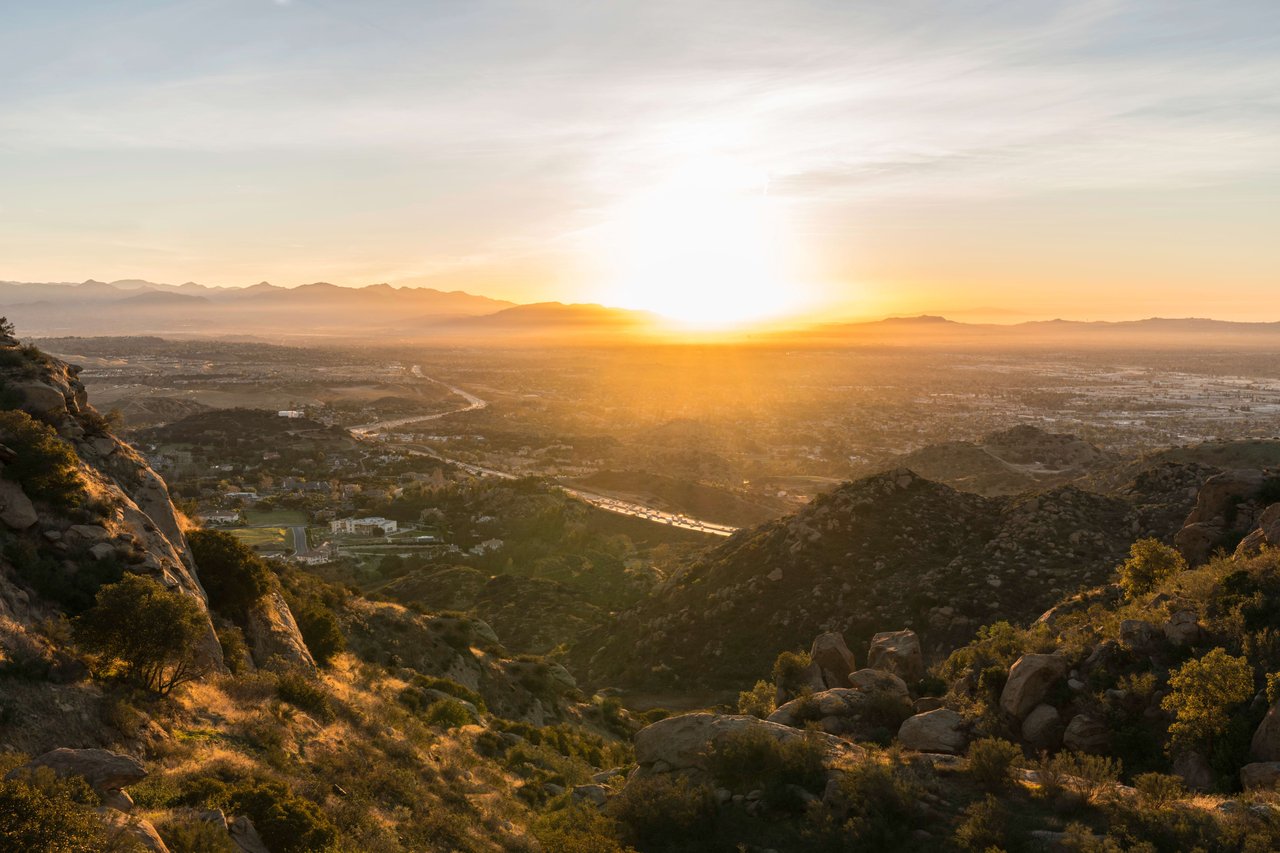San Fernando Valley
It was a suburban utopia for Hollywood celebrities with a penchant for sprawling ranches, and mid-century architects.

It was a suburban utopia for Hollywood celebrities with a penchant for sprawling ranches, and mid-century architects.

Welcome to San Fernando Valley
The sunny Valley was a suburban utopia for Hollywood celebrities with a penchant for sprawling ranches, and mid-century architects who were inspired by its vast open spaces, walnut and orange groves, and dramatic mountain views. Postwar “California ranch homes” and modernism quickly became a way of life, so it’s no surprise that you’ll find work by Schindler, Lautner, Waxman, Kappe, Spanner, Dorman, Ain, Palmer & Krisel, Fickett and Neutra that utilize natural materials and plenty of glass to blend with the Valley’s diverse landscape and hilly backdrop. Today, the region is home to 1.8 million people, has many of Los Angeles’ top-rated public, private and charter schools, and neighborhoods with wide streets and large lots. For breakfast, have the avocado toast at Joan’s On Third, take in a matinee screening at the ArcLight, stroll the Village at Woodland Hills, and enjoy a scenic canyon drive to watch the sunset over the Pacific. Or head to Ventura Blvd., order margaritas and an oven-style burrito (trust us) at Casa Vega for a taste of local flavor, and shop for unique treasures in boutiques and specialty stores along the Boulevard.
73,990 people live in San Fernando Valley, where the median age is 37 and the average individual income is $27,114. Data provided by the U.S. Census Bureau.
Total Population
Median Age
Population Density Population Density This is the number of people per square mile in a neighborhood.
Average individual Income
San Fernando Valley has 20,094 households, with an average household size of 4. Data provided by the U.S. Census Bureau. Here’s what the people living in San Fernando Valley do for work — and how long it takes them to get there. Data provided by the U.S. Census Bureau. 73,990 people call San Fernando Valley home. The population density is 13,288.321 and the largest age group is Data provided by the U.S. Census Bureau.
Total Population
Population Density Population Density This is the number of people per square mile in a neighborhood.
Median Age
Men vs Women
Population by Age Group
0-9 Years
10-17 Years
18-24 Years
25-64 Years
65-74 Years
75+ Years
Education Level
Total Households
Average Household Size
Average individual Income
Households with Children
With Children:
Without Children:
Marital Status
Blue vs White Collar Workers
Blue Collar:
White Collar:
Your home deserves the best. Whether you are selling or buying, let our team guide you through the process. Get in touch with Eddie today.